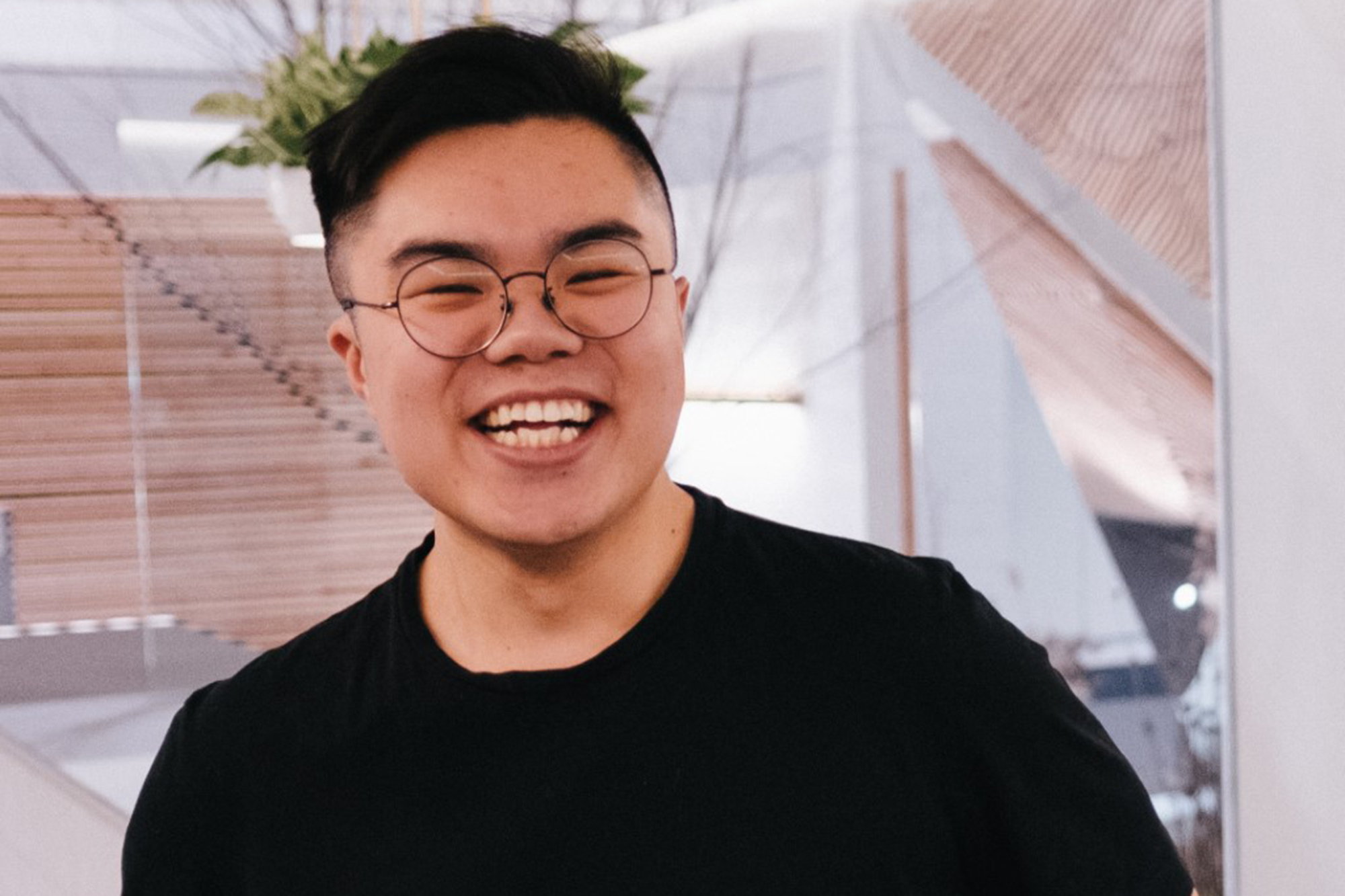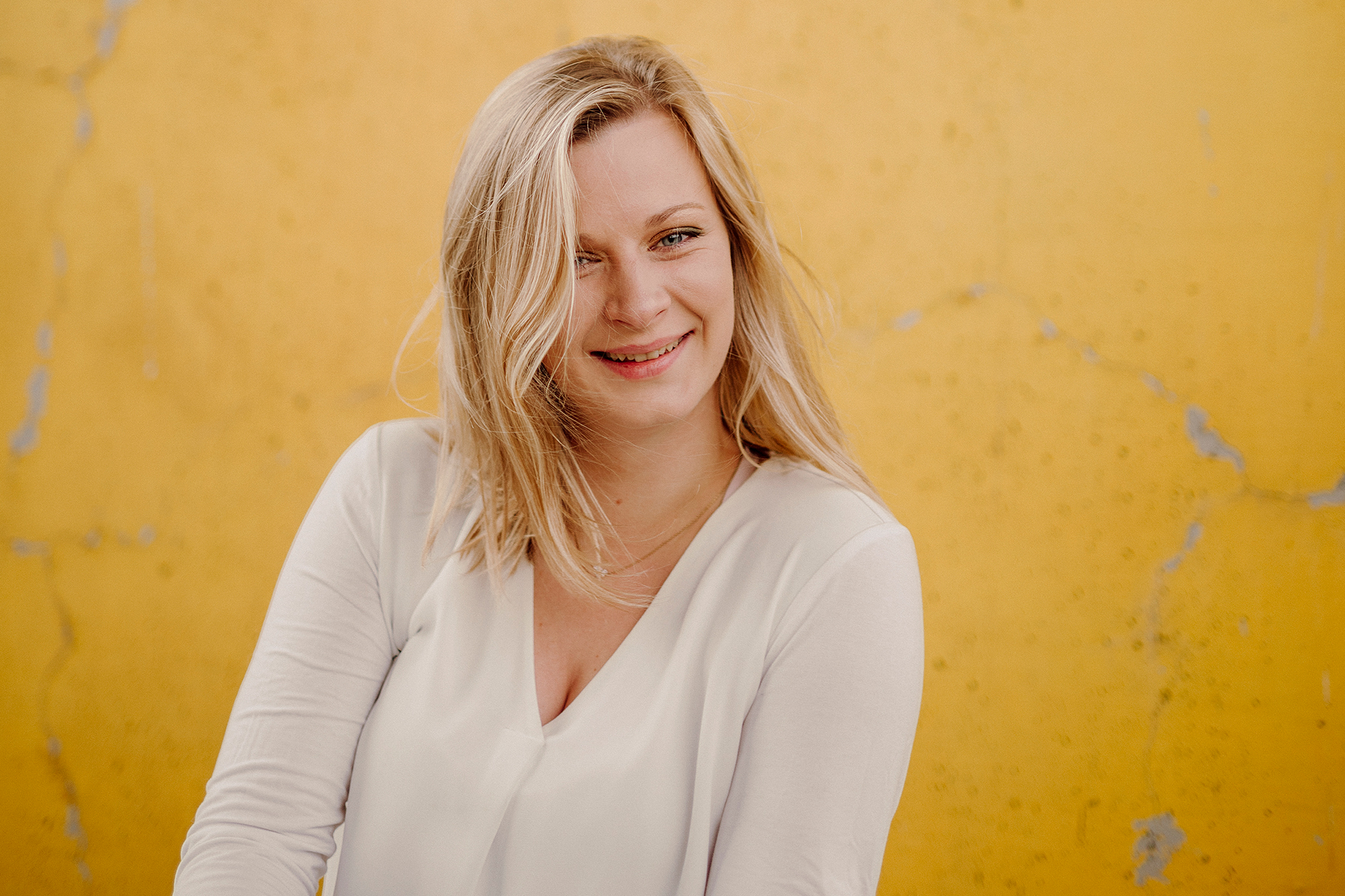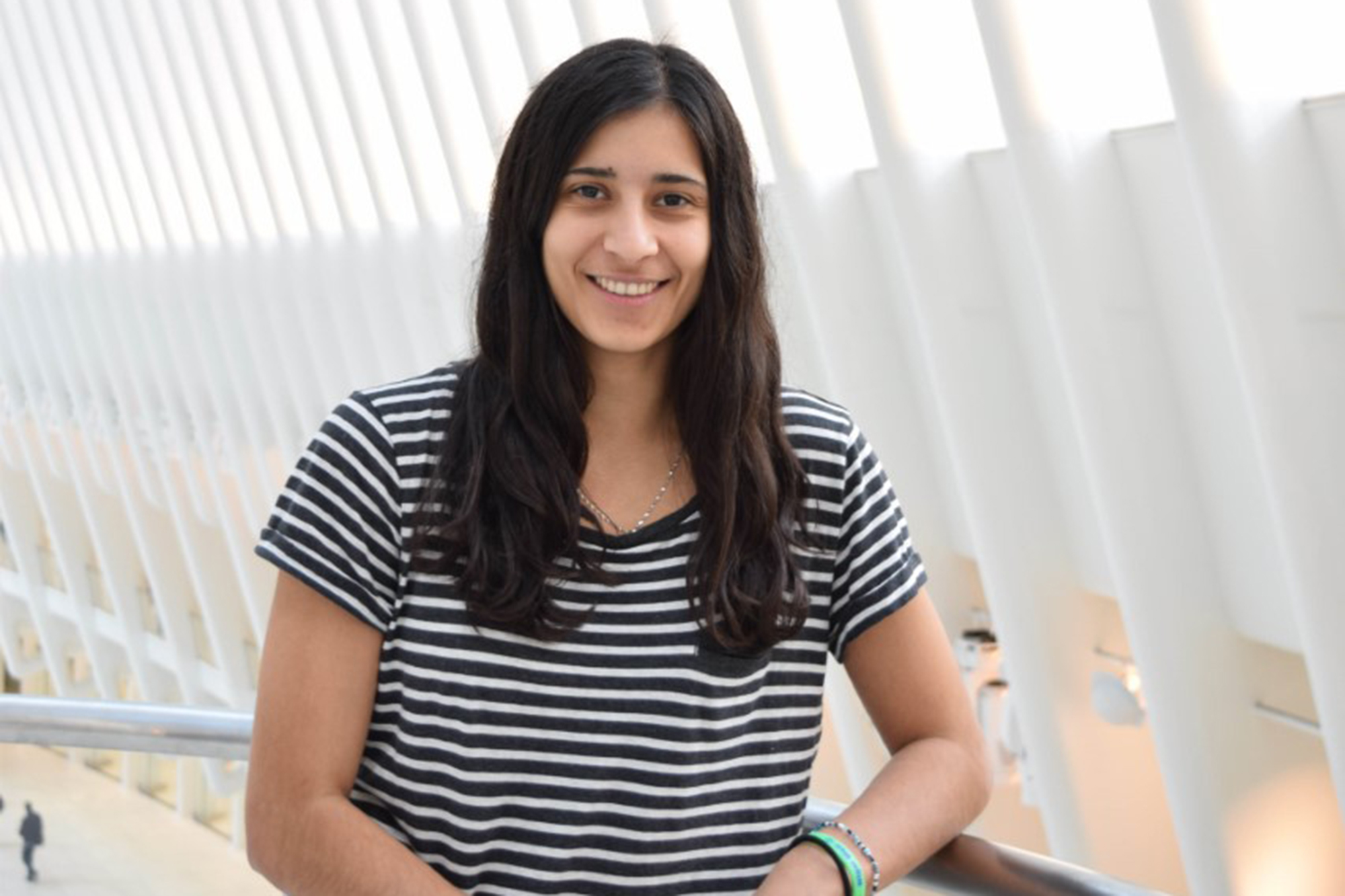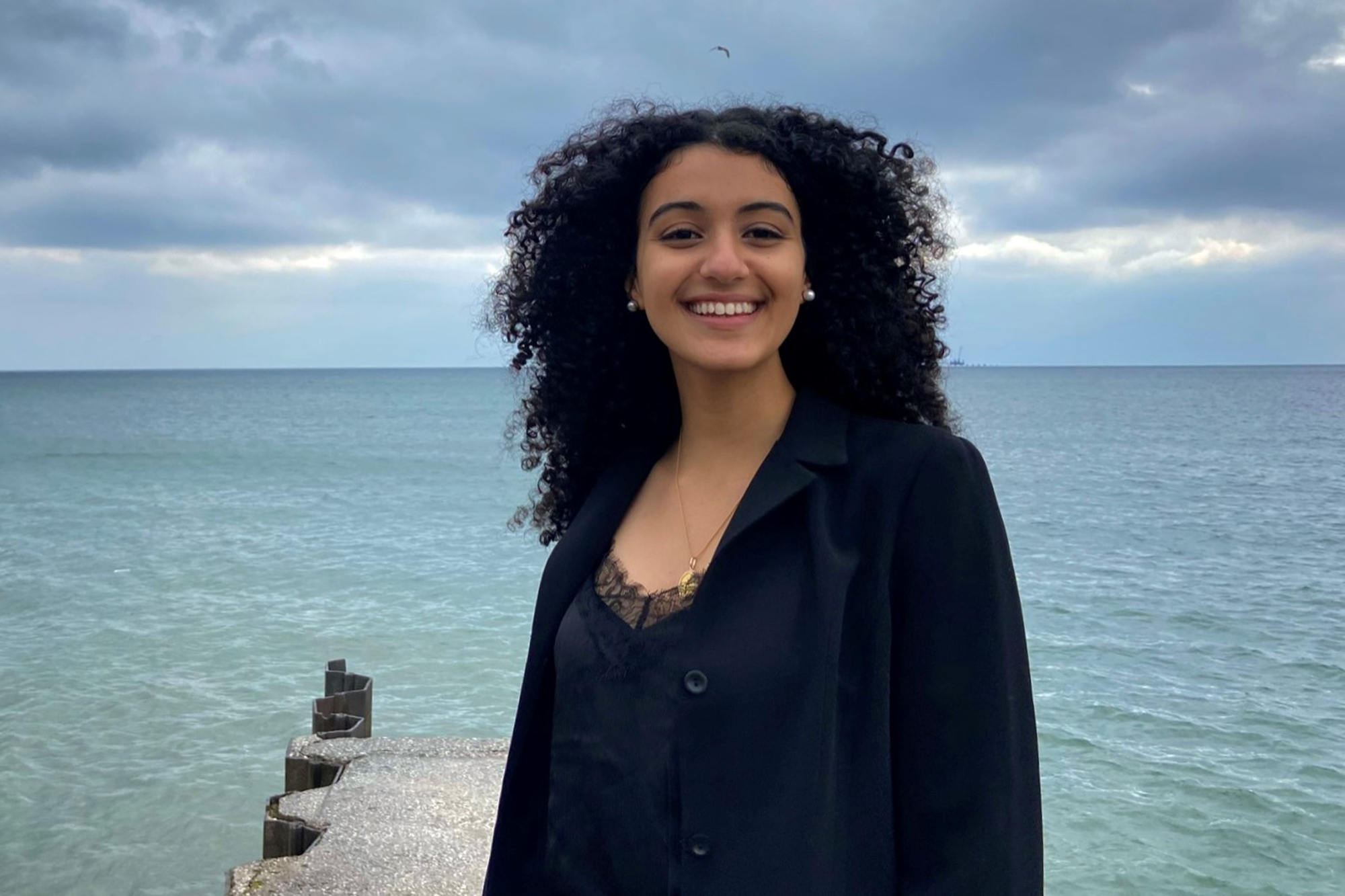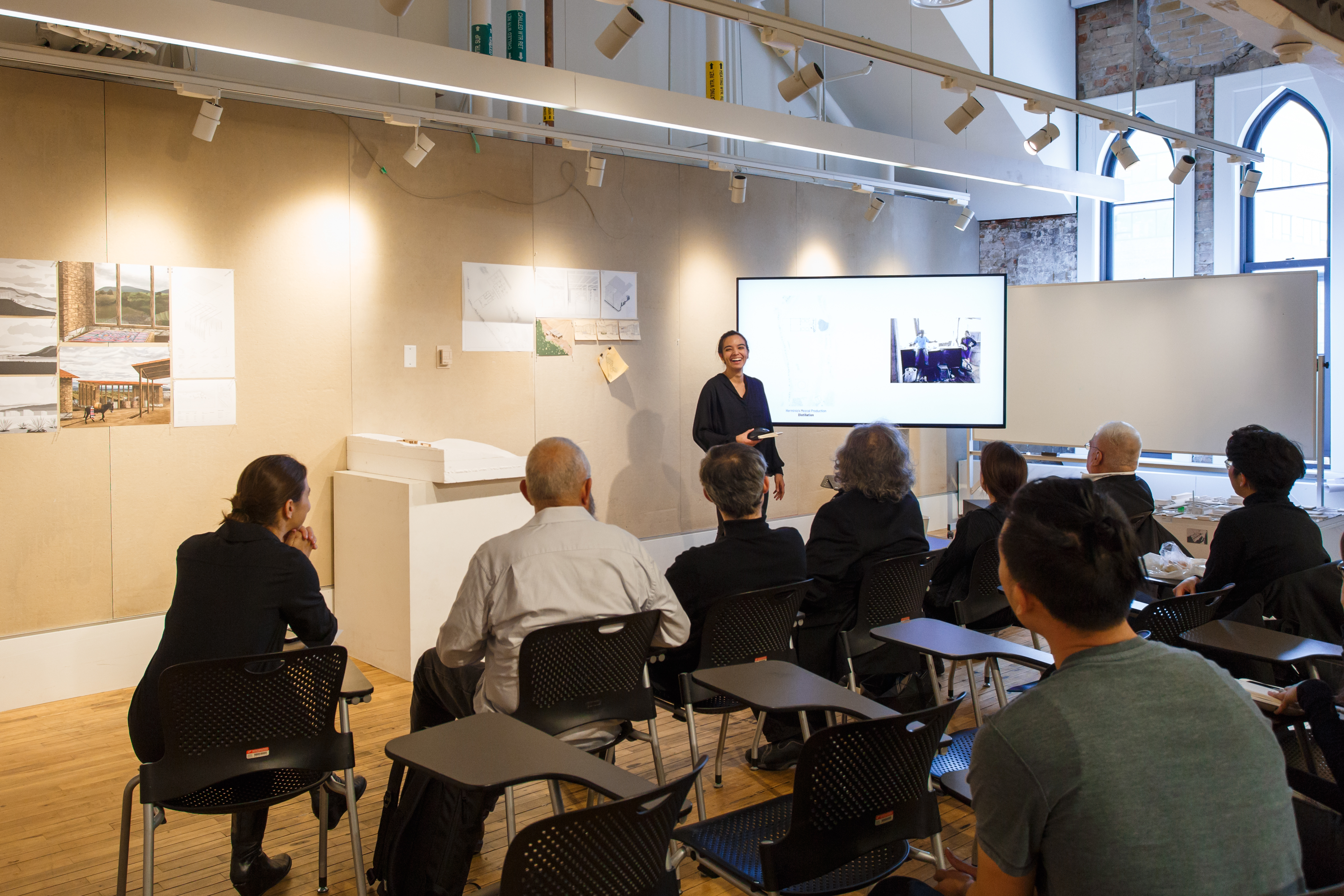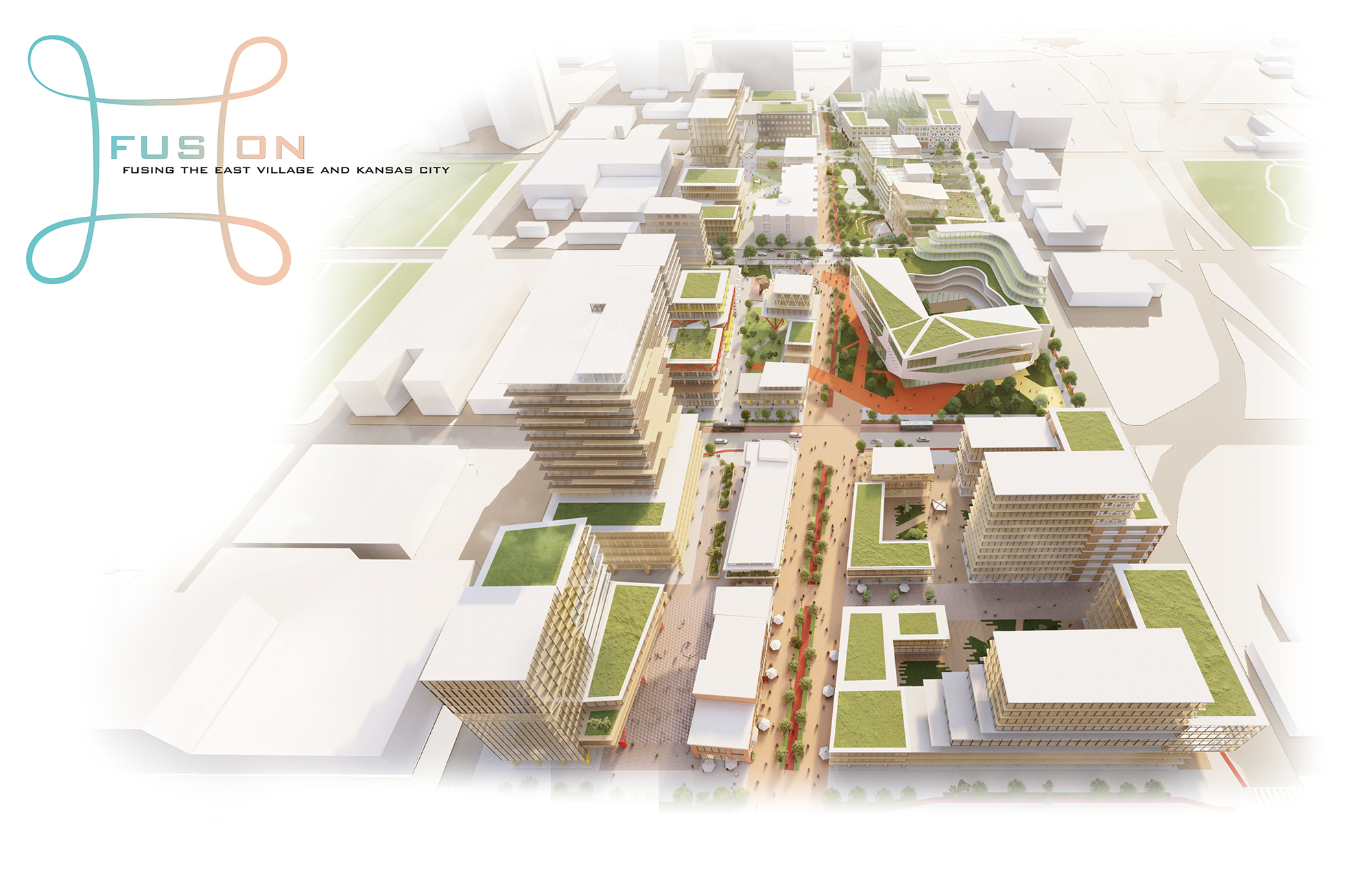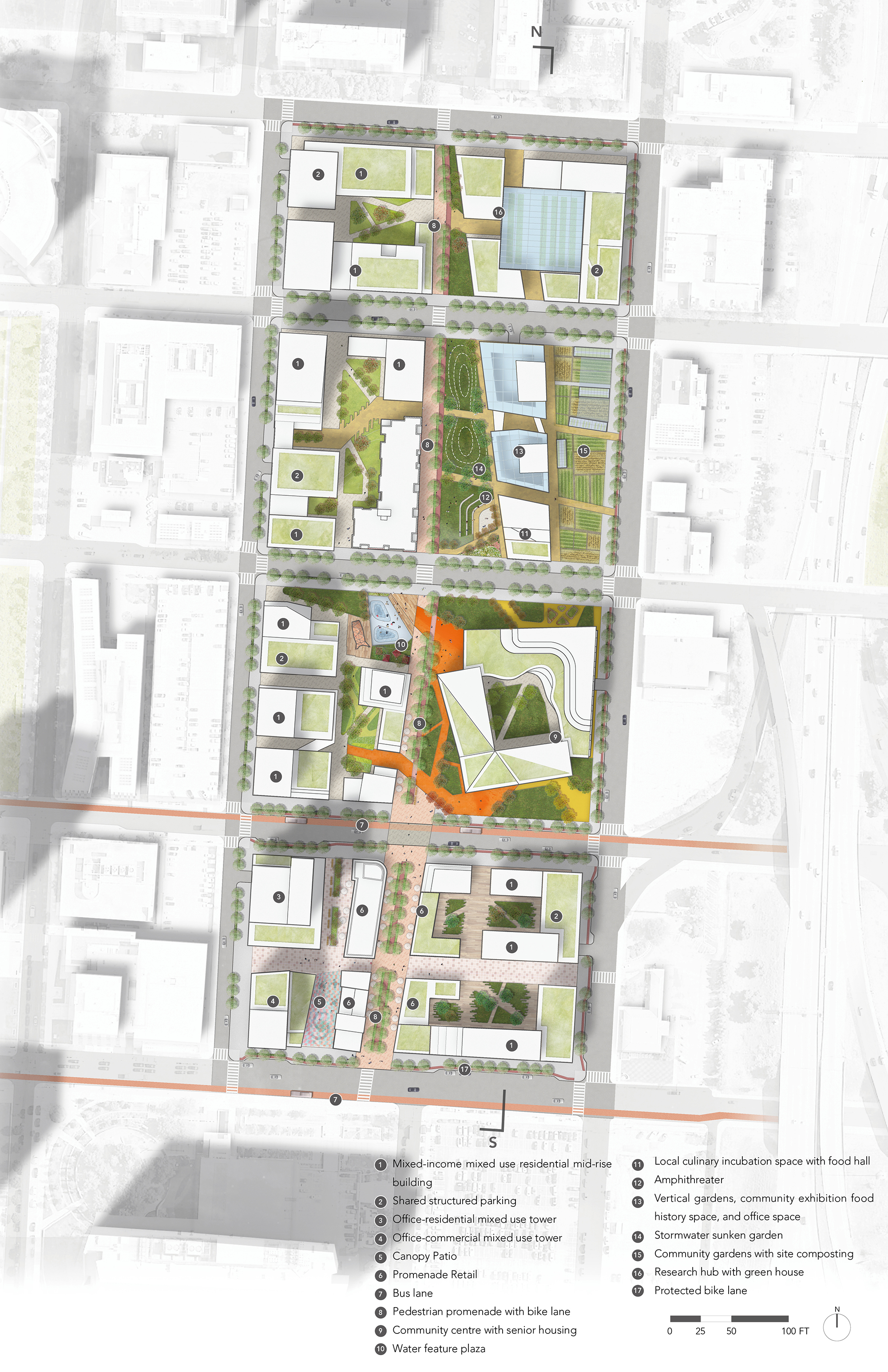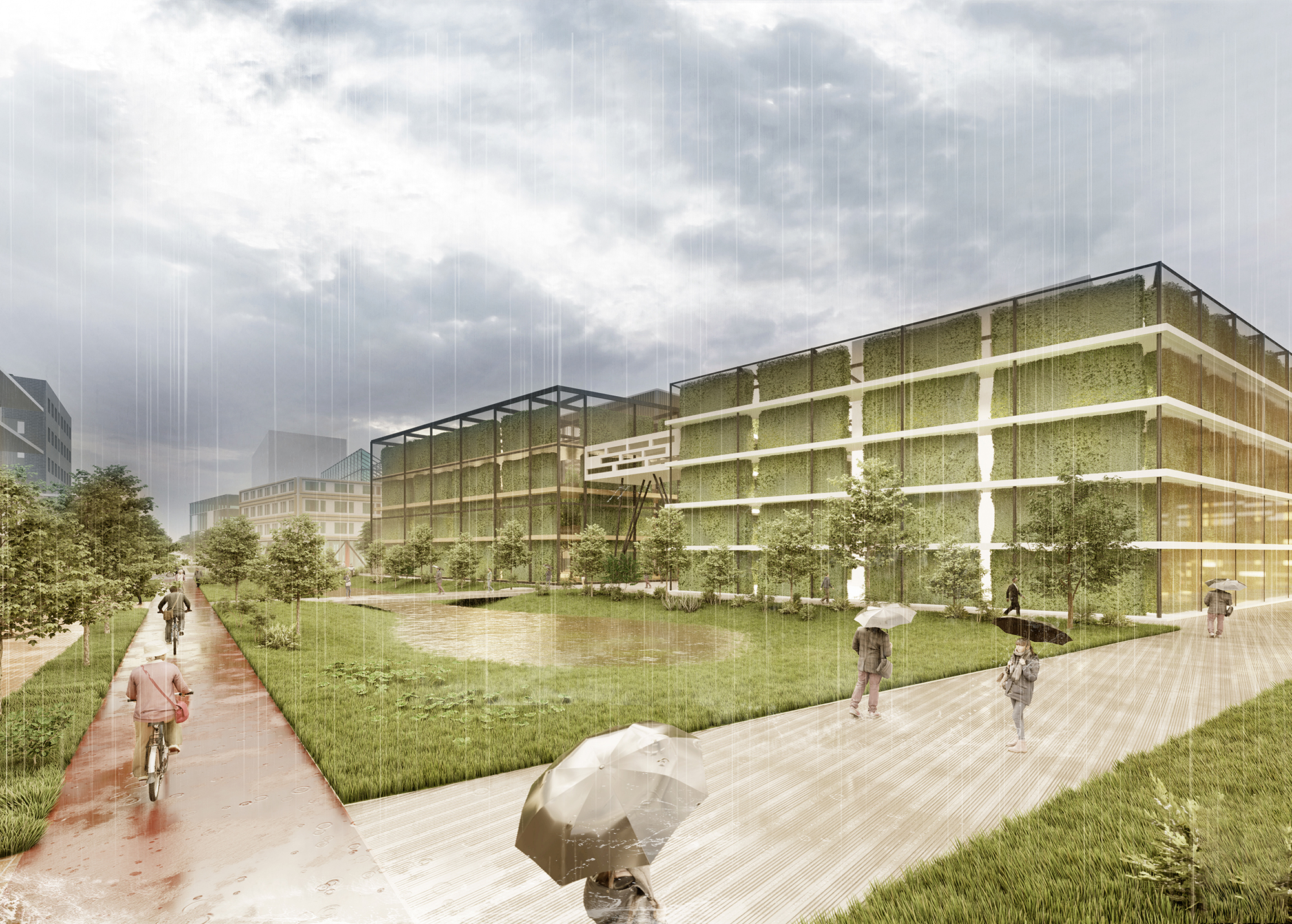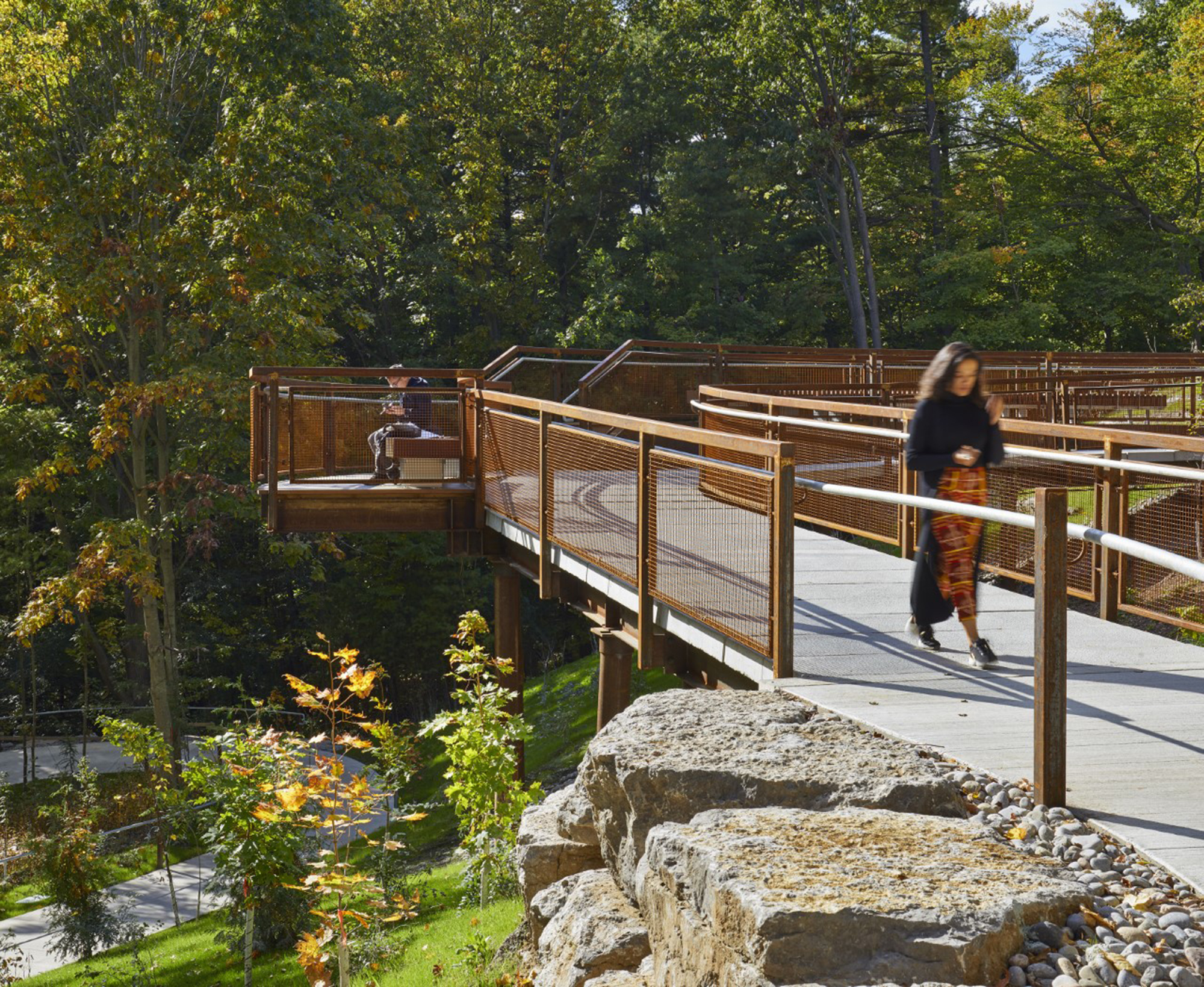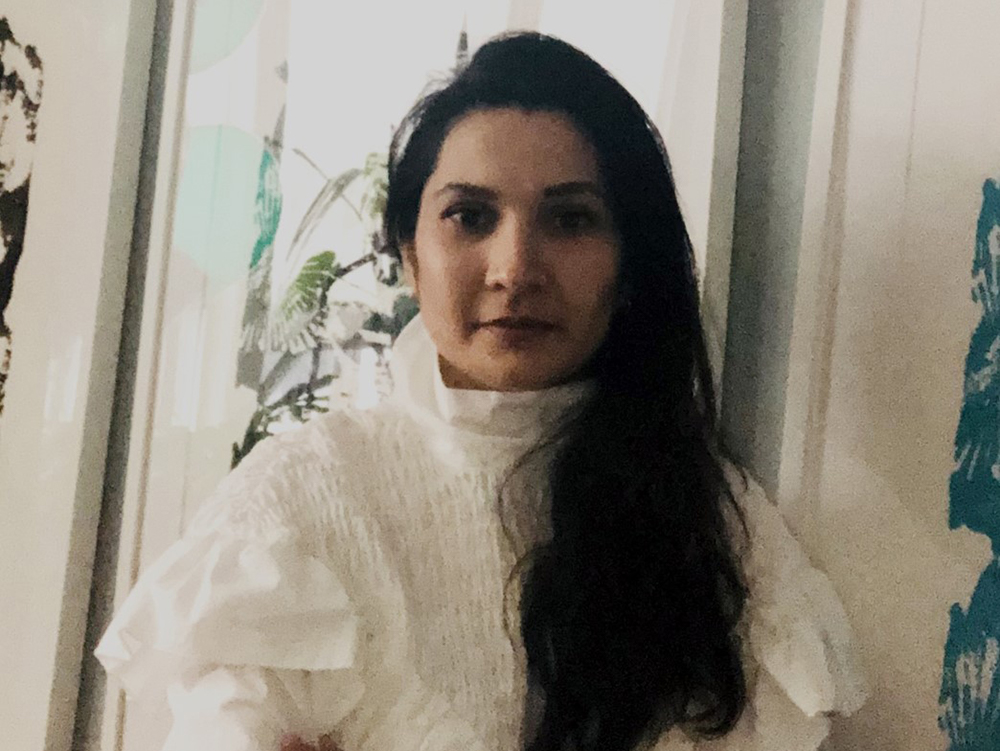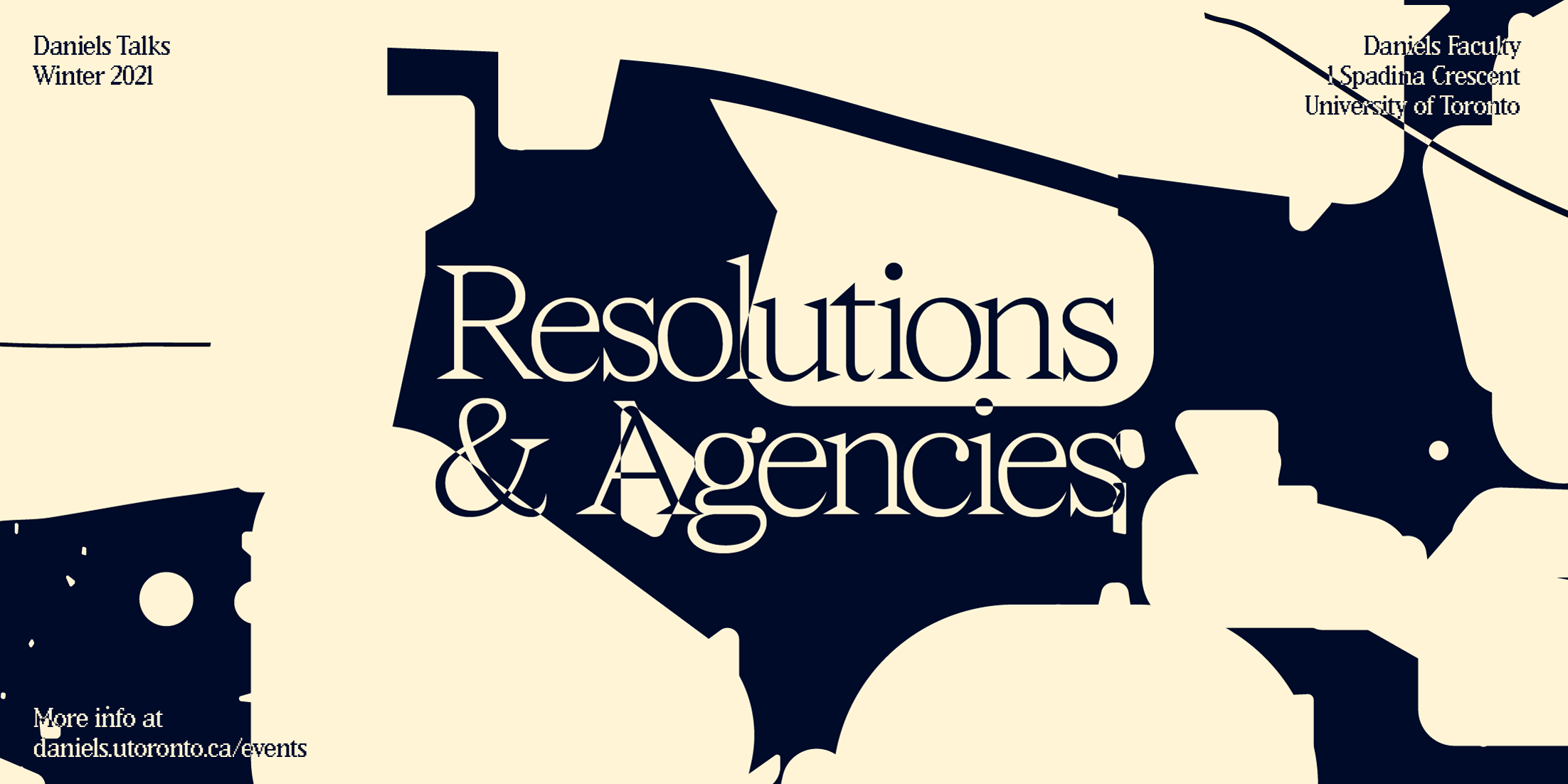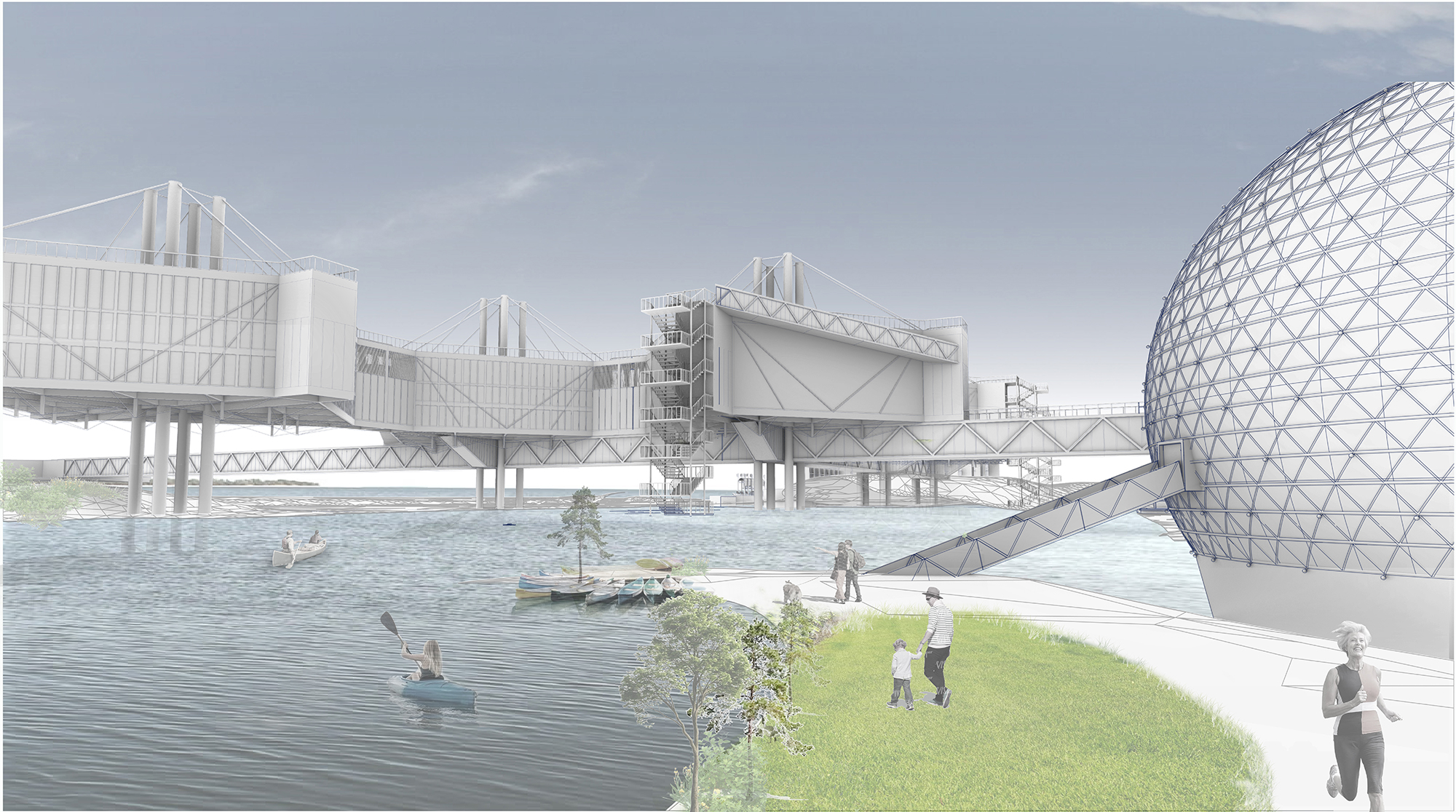
10.05.21 - Daniels students win honours in the OAA's SHIFT Challenge
Victoria Cardoso, Erman Akyol, and Eugenia Wong, all first-year students in the Daniels Faculty's Master of Architecture program, jointly created a design project that has been named one of five honourees in this year's SHIFT Challenge, a biennial competition, hosted by the Ontario Association of Architects, that invites students and architects to address social challenges through design.
Their winning project is a proposal for a community-oriented redesign of Ontario Place, the disused public amusement park located on a small chain of artificial islands off Toronto's western shoreline. They originally created the design for a fall semester course at Daniels, professor Ted Kesik's Building Science 1 (ARC1041).
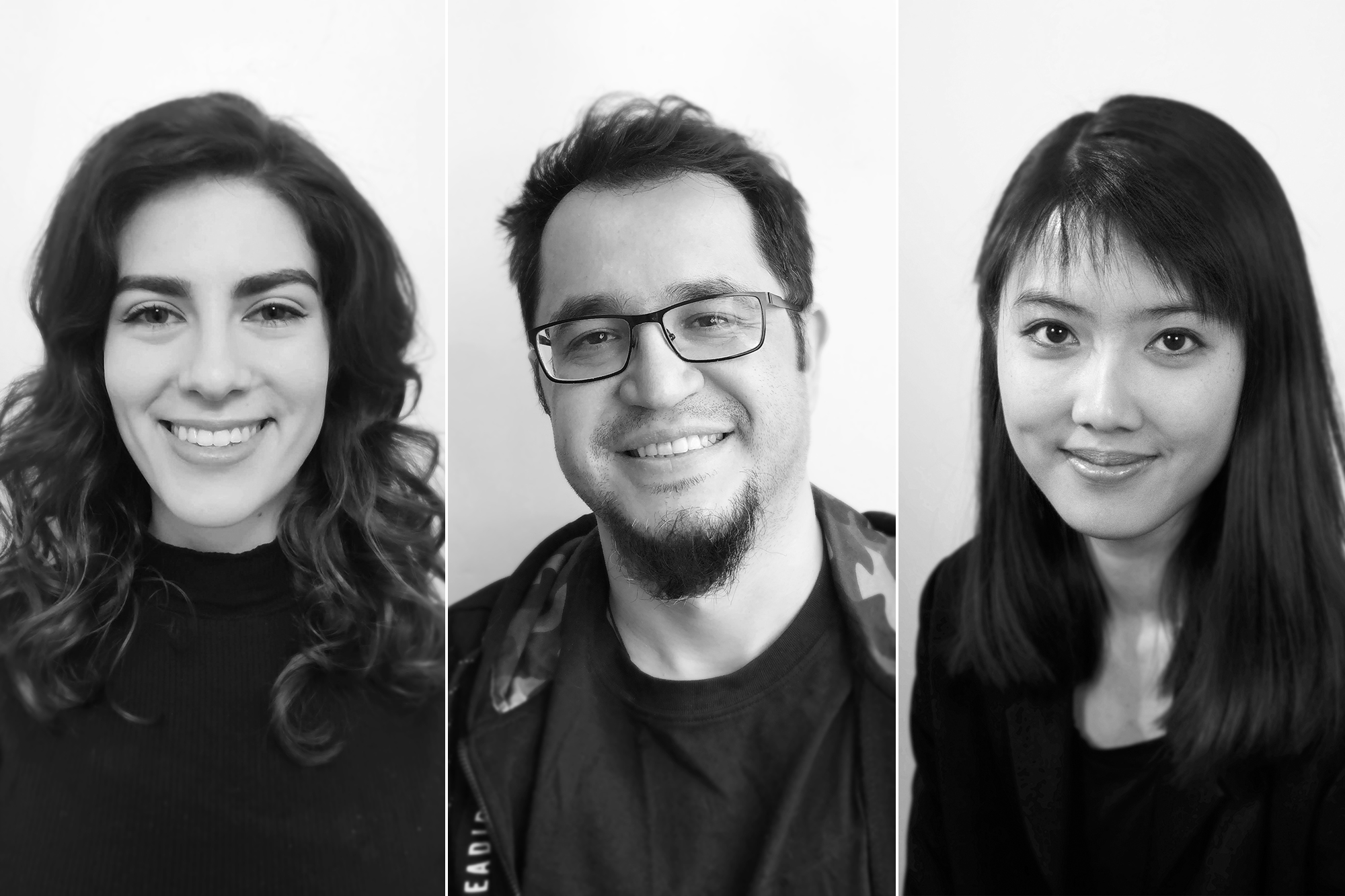
Victoria Cardoso, Erman Akyol, and Eugenia Wong.
Cardoso, Akyol, and Wong, along with the four other groups whose designs were selected by the 2021 SHIFT jury, will present their work during the OAA's Virtual Conference. The online SHIFT event will begin at 4:30 p.m. on May 20, and will be viewable online on the OAA's YouTube channel.
"This was really an opportunity for us to open ourselves up to the field," Eugenia says. "We'll get to present our project not just to teachers and our colleagues, but also to architects, landscape designers, and urban designers. We're hoping to get our proposal out to decision makers and important stakeholders for the site."
The group's project, titled "Ontario Place: On-to-our Next Adventure," is a master plan for the revitalization of Ontario Place, a publicly owned piece of land that operated as an amusement park and exhibition ground from 1971 until 2012, when it was shuttered by Ontario's provincial government.
Although Ontario Place has fallen into disuse, it still has a number of architecturally significant buildings and landscapes designed by architects Eberhard Zeidler and Michael Hough.
Victoria, Erman, and Eugenia's master plan would attempt to draw diverse groups of users back into the site by adding a variety of new amenities, but without destroying or disfiguring any of the existing historic structures. They approached the problem by splitting the Ontario Place site into five different zones, each tailored to a different group of users.
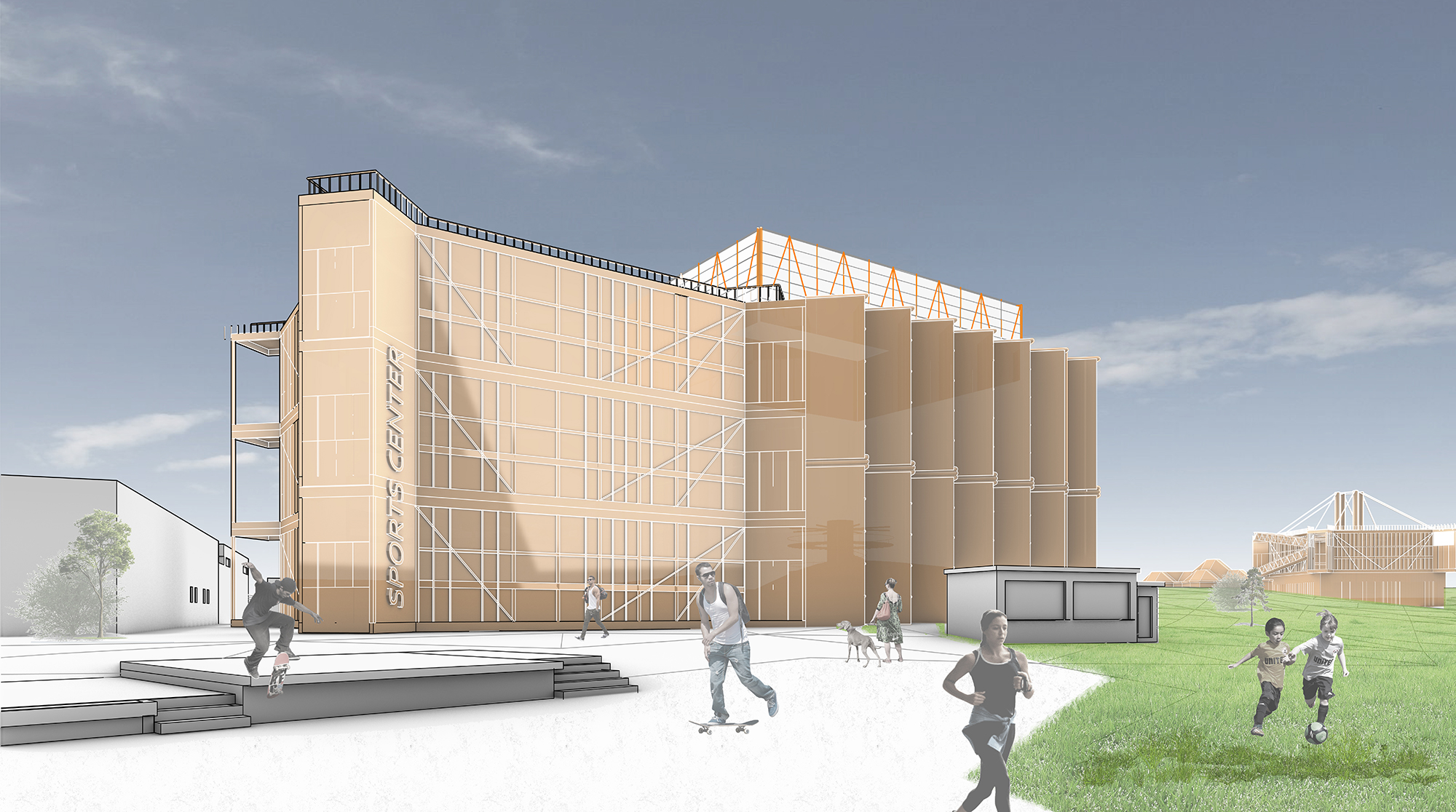
A rendering of the group's proposed sports facility.
In the "play" zone, there would be indoor and outdoor public recreational spaces, including beaches and boardwalks. The "exhibit" zone would preserve two of Ontario Place's most important existing structures, Zeidler's iconic Cinesphere (a ball-shaped Imax theatre) and his "pods," large diamond-shaped structures that hover above Lake Ontario's waters on sets of stilts. Each of the five pods would get a modest interior retrofit for a different type of programming. (For instance, one pod would be an exhibition hall, and another would be a digital arts museum.)
The plan also calls for the addition of new sports facilities and the preservation of the Budweiser Stage, an existing concert venue on Ontario Place's central island.
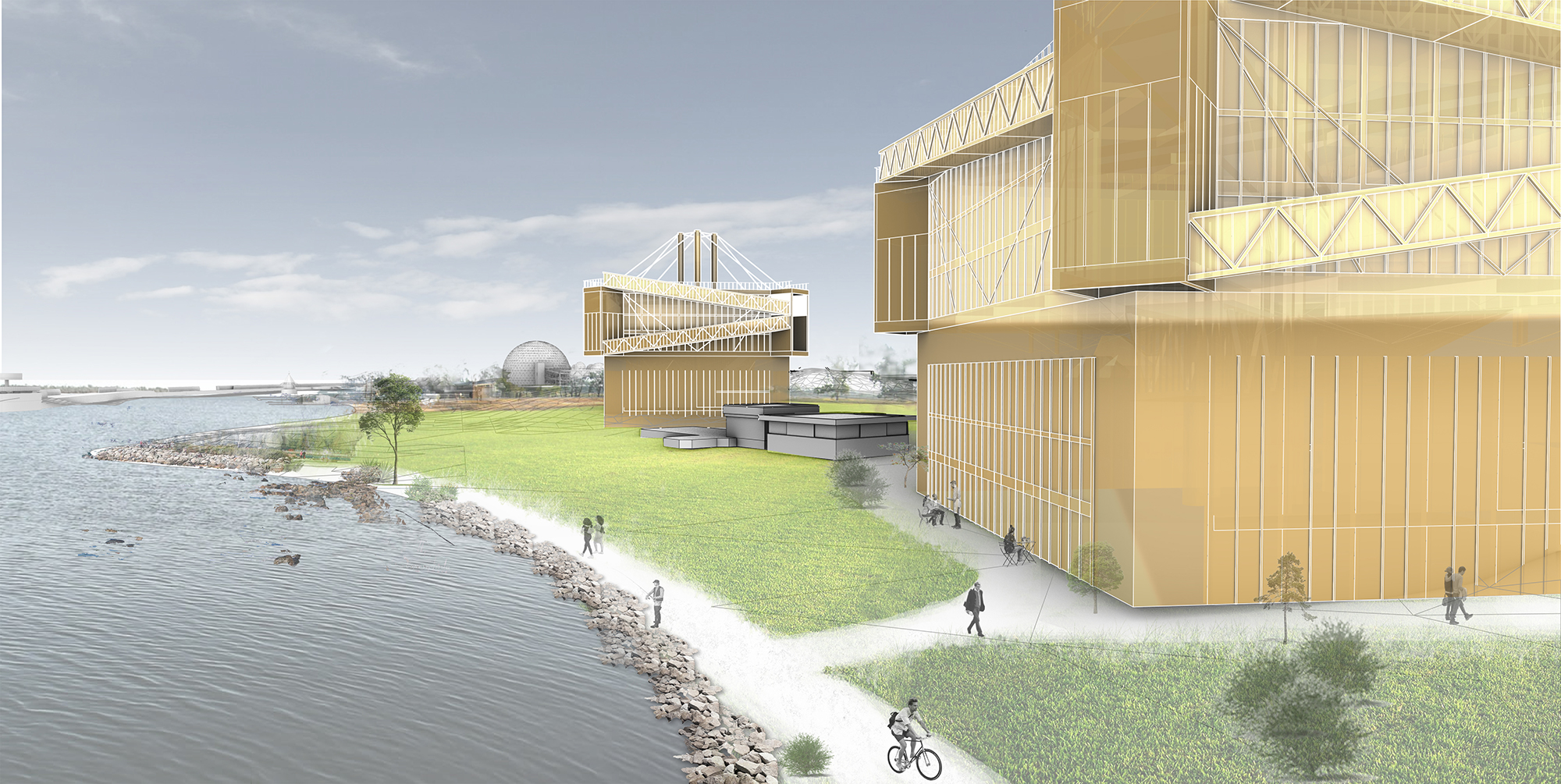
A rendering of the group's proposed research campus.
But the most radical change proposed in Victoria, Erman, and Eugenia's plan is in the "innovation" zone, where they would add a university research campus to the southern edge of Ontario Place's east island. The campus would include student residences, which would give Ontario Place a permanent population, transforming it from a tourist destination into a neighbourhood.
"For Ontario Place to be sustainable financially, there's no point to just introducing new programming," Eugenia says. "The innovation hub can provide a source of economic activity that can sustain the island without casual visitors. So when casual visitors come there will be restaurants and other amenities available to them."
Top image: A rendering of Ontario Place's pods and Cinesphere.



